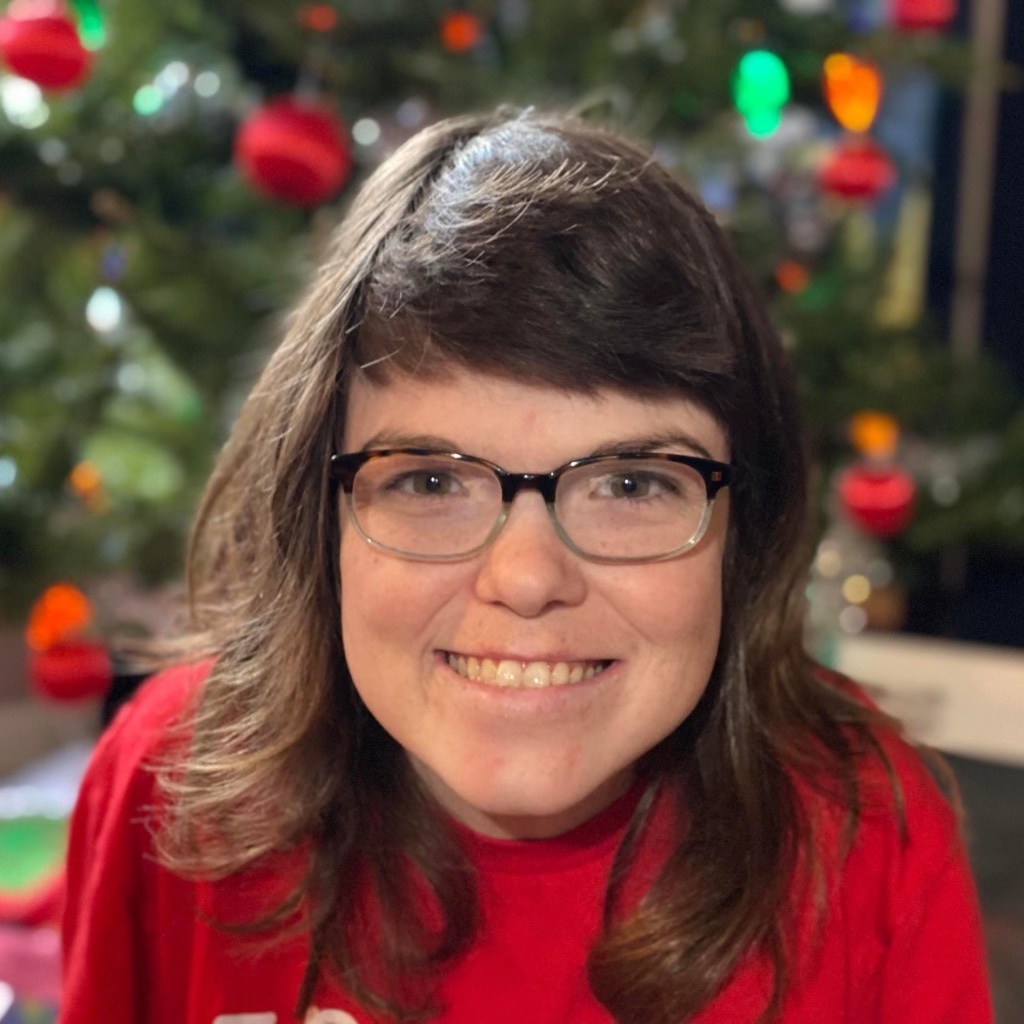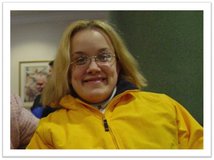General Description
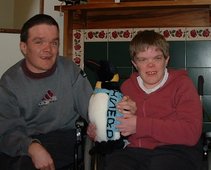
Alpha-Mannosidosis is caused by deficient activity of the enzyme alpha-D-mannosidase. There are three clinical subtypes, which include
- – a mild form recognized after age ten years with absence of skeletal abnormalities, myopathy, and slow progression (type 1)
- – a moderate form recognized before age ten years with presence of skeletal abnormalities, myopathy, and slow progression (type 2)
- – a severe form manifested as prenatal loss or early death from progressive central nervous system involvement (type 3)
Symptoms range widely in their onset and severity. Often the appearance of an affected individual includes the following: Intellectual disability; distinctive facial features; and skeletal abnormalities such as reduced bone density (osteopenia), thickening of the bones at the top of the skull (calvaria), deformations of the bones in the spine (vertebrae), bowed legs or knock knees, and deterioration of the bones and joints. Characteristic facial features include a large head, prominent forehead, low hairline, rounded eyebrows, large ears, flattened bridge of the nose, protruding jaw, widely spaced teeth, overgrown gums, and large tongue.
Affected individuals may also experience difficulty in coordinating movements (ataxia); muscle weakness (myopathy); delay in developing motor skills such as sitting and walking; speech impairments; increased risk of infections; enlargement of the liver and spleen (hepatosplenomegaly); a buildup of fluid in the brain (hydrocephalus); hearing loss; a clouding of the lens of the eye (cataract); and psychiatric symptoms such as depression, anxiety, or hallucinations. (The paper on psychiatric symptoms is reprinted with permission of the author and the Journal of Intellectual Disability Reserach.)
Alpha-Mannosidosis is believed to occur in approximately 1 in 500,000 people worldwide
- Bone marrow/ stem cell transplant: There have been a number of children who have had this treatment and their stories can be found on our website under Family Stories. ISMRD is currently funding research into the long-term effects of bone marrow transplant for Alpha-Mannosidosis.
- Enzyme replacement therapy, initially pioneered by Zymenex and later advanced by Chiesi, an Italian pharmaceutical company, was approved in January 2018 by the European Medicines Agency (EMA) for use in Europe. In February 2023, it was approved for use in America by the US Food and Drug Administration (FDA).
Medical and Research Information
- • Genetics Home Reference:has a short summary description of Alpha-Mannosidosis.
- • GeneReviews: This GeneReviews article contains the most comprehensive and detailed description of Alpha-Mannosidosis, written for health professionals but not too difficult for lay readers to understand. Access is free to all users.
- • Orphanet: A database dedicated to information on rare diseases and orphan drugs. Access is free of charge.
- • Clinical Trials: A registry of federally and privately supported clinical trials conducted in the United States and around the world. This site gives you information about the trial’s purpose and who may participate and the locations.
- • PubMed: Provides the latest research and other published papers on Alpha-Mannosidosis.•
- • OMIM: Technical information about the genetics of Alpha-Mannosidosis. OPMIM is a site developed for scientists and medical specialists and contains both general and highly technical information. Access is free.
- • Natural History Study: In 2006, the Greenwood Genetic Center in South Carolina, USA began the first ever Natural History Study for Mucolipidosis. ISMRD subsequently partnered with the lead investigator Dr Sara Cathey and the Greenwood Genetic Center to extend the Natural History Study to the other eight diseases that ISMRD supports. Numerous publications resulted from the data gathered. The latest is a paper that has just been released concerning intellectual functioning in Alpha-Mannosidosis. Written by Dr Cathey, the paper discusses the findings of the study of the IQ of 12 patients with Alpha-Mannosidosis and data collected from 31 cases from the literature. Read the paper here.
Patient Support Groups
- • ISMRD is the international support group for Alpha-Mannosidosis
- • ISMRD’s Facebook page; this is our closed group for families only
- • ISMRD’s Public Facebook page for this disorder
- • UK MPS Society is a support group for MPS and related diseases in the United Kingdom
- Other MPS groups around the world will also offer support.
I’m Presley and I was diagnosed at age 3, with Alpha-Mannosidosis, had a bone marrow transplant at age 4. Some hobbies are hanging out with family and friends, arts and crafts, and playing with my dogs.
Being born with a rare disease means to me that even though I was born different, I am just like everyone else.
I am a host at Rafferty’s in Bowling Green, Kentucky and I am the founder of Presley’s Promise Homeless Outreach.
I have difficulties with being small, standing for long periods of time, some processing and some social awareness & some social skills.
Sarah and her family’s journey with Alpha-Mannosisosis is presented in an educative and positive light.
Sarah’s story about Living with Alpha-Mannosidosis
This is Taryn’s Story about Living with Alpha-Mannosidosis and how the family of a teenager with a rare genetic disease copes with the affects of the disorder and how she gets her wish to meet her idols.
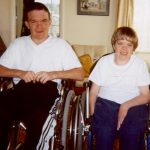
Our son and daughter, Timothy and Hollie are twins, born 14 November 1974. They were premature (about one month). There were some early indicators that it was more than just a rough start for them, but nothing really clear till they were about one year old and a number of milestones were not met on time.
This is their story told by their father John Forman

This is the ongoing journal of Robert Stark’s fight against Alpha-Mannosidosis via Bone Marrow Transplant. Families and caregivers of children with mannosidosis and other Lysosomal Diseases face complex decisions about the future. It is the hope of Robert’s parents, Kathleen and Mark, that the pages within will prove helpful when such decisions must be made.
This is Robert’s Road to Recovery after diagnosis and Bone Marrow Transplant

Luke was diagnosed with alpha-mannosidosis when he was 5. He underwent a bone marrow transplant in September 2010, 5 months after being diagnosed. We believe the bone marrow transplant has helped treat some of the symptoms of this disorder.
This is Luke’s Blog written by his family as he underwent Bone Marrow Transplant.
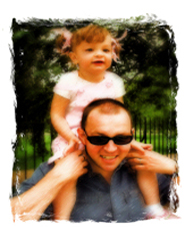
Saffy’s blog written by her parents documenting her journey through Bone Marrow Transplant.

Ryleigh’s parents, Kyle and Whitney have provided a website so that they can provide information on Ryleigh’s rare genetic disorder, Alpha-Mannosidosis. Ryleigh also has a Facebook page. Follow her journey as she goes through Bone Marrow Transplant.

